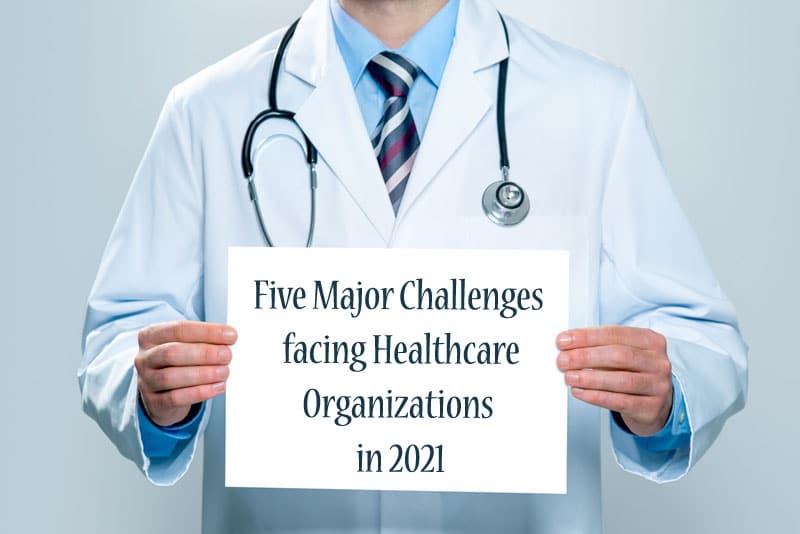
People are increasingly researching online before buying a product or service, and healthcare is no exception, according to recent reports. Several factors influence a person’s choice of a healthcare provider. Many physicians rely on medical transcription outsourcing to maintain complete and accurate medical records and ensure that patients get the right care at the right time. This is important as patients using online reviews are basically looking for information about the quality of care a physician provides. In fact, more and more people are now using the internet to research and select their physicians. A recent national poll revealed that online reviews of physicians have a strong influence on Americans who use the most health care: people over age 50.
The National Poll on Healthy Aging administered online by the University of Michigan in May 2019 studied adults between the ages of 50-80 on their use and perceptions of online doctor ratings. The findings on the use of online reviews are as follows:
- 43% review physician ratings online
- 14% had reviewed ratings more than once in the past year
- 19% had done so once in the past year
- 10% had reviewed ratings more than one year ago
Among older adults who had reviewed physician ratings within the past year:
- 65% read reviews of a physician they were considering
- 34% read reviews to find a new physician
- 31% read reviews for a physician they had already seen
What factors influenced physician choice?
- 71% said that they would select a physician with many positive ratings, even if he/she had a few negative reviews
- 69% said that they would avoid selecting a provider with mostly negative ratings, even if he/she had a few very positive ratings
- 41% considered the total number of reviews as important for selecting a physician
However, 53 percent the respondents felt that some physicians may manipulate their ratings to make themselves look better. As a result, many older adults also rely on traditional ways to get information about providers. These methods include: time taken to schedule an appointment, the physician’s experience, recommendations from another physician, word of mouth from family and friends, and ability to communicate with their physician online for scheduling and refills.
What are the implications of the poll results?
“Online doctor ratings and reviews represent a potentially useful resource for older adults,” the researchers wrote. “While some may think that choosing a doctor using online ratings is something only younger people may do, this national poll shows that this practice is also common among older adults”.
According to the study, online physician ratings represent a potentially useful resource for older adults to overcome the challenges of finding a new doctor, and are likely to continue to increase in use over time. The results of this poll also show that a positive reputation is a great asset for a physician practice. While positive reviews can boost business, negative reviews can cost a practice. In this digital era, practices would benefit greatly by investing time and effort to build a beneficial image and get positive online reviews.
- Don’t ignore negative reviews: To fuel positive patient reviews, practices need to make asking for and responding to feedback a top priority. Physicians should never dismiss or ignore negative reviews or complaints. While acknowledging positive feedback, they should work towards manage negative feedback by resolving pain points and providing a better patient experience.
- Build rapport with patients: Good manners and proactive efforts to understand the patient’s feelings are the first steps to building good rapport with patients. Focusing on meeting patient expectations will promote a positive clinician-patient experience which can improve care and patient satisfaction.
- Utilize social media: Patients are leveraging different social media platforms to express their healthcare experience. Physicians can leverage these digital platforms to understand how people perceive their practice and improve patient outreach. Social media can help drive health literacy for patients. Physicians can provide answers to their questions on symptoms, diseases, and conditions on these channels. However, they must be mindful about HIPAA regulations on patient privacy while social media.
In 2014, 14.5% (46.3 million) of the US population was aged 65 or older and is projected to reach 23.5% (98 million) by 2060 In 2014, the adult population age 65 years or older in the US was 46.2 million, and this number is projected to increase to 98 million by 2060 (www.healthypeople.gov). As older adults are major consumers of health care and turn to online reviews to make informed decisions, physicians need to focus on meeting their expectations and supporting them through health maintenance and health information management. Medical transcription services are available to help practices with their EHR-related documentation requirements.


